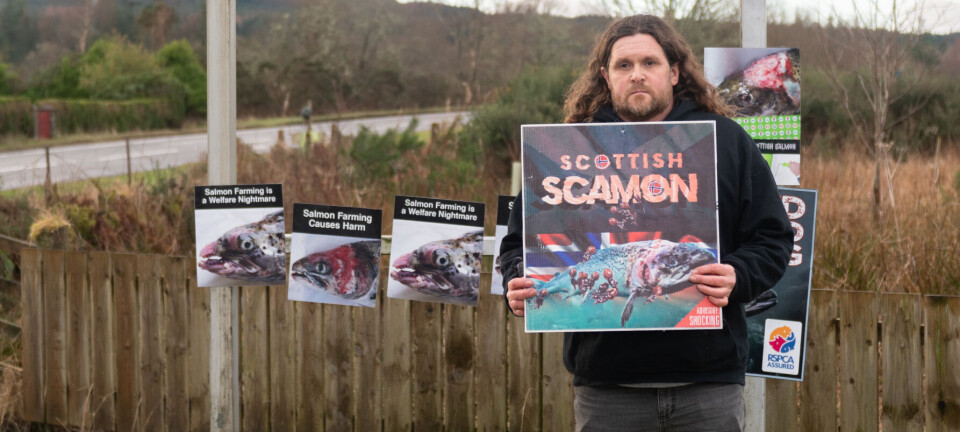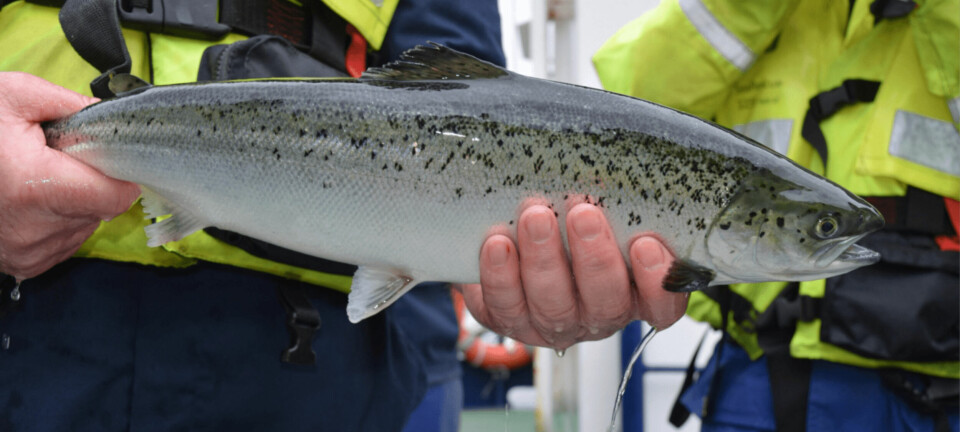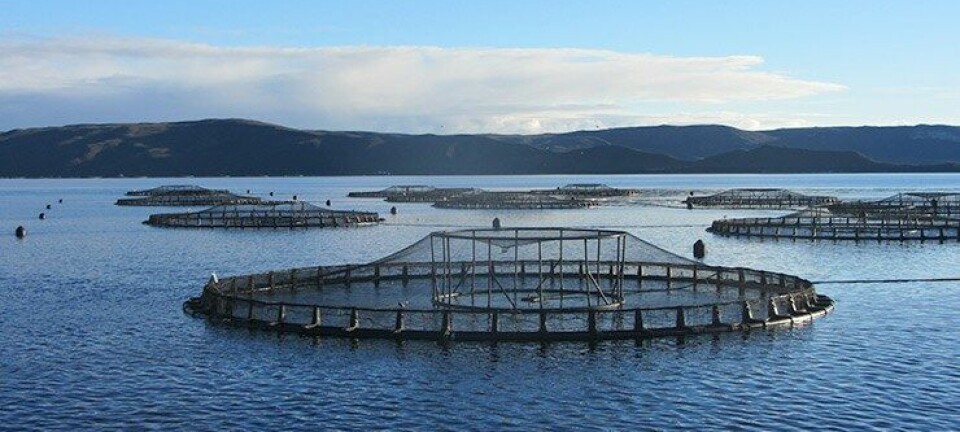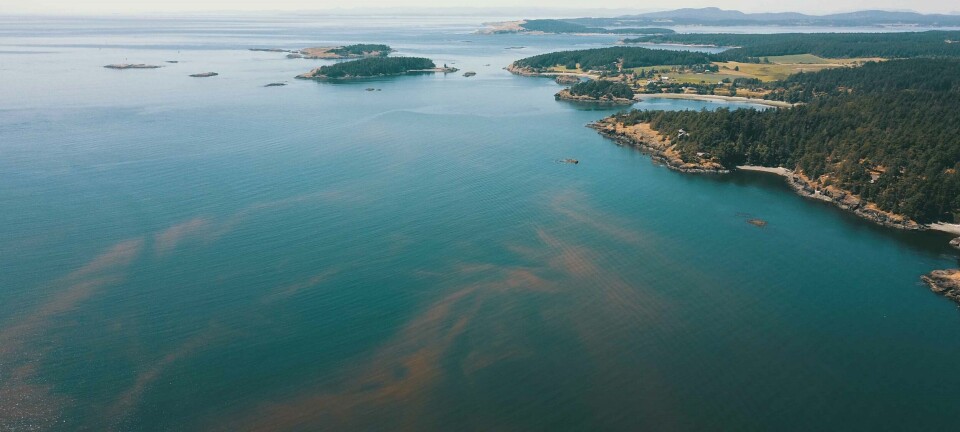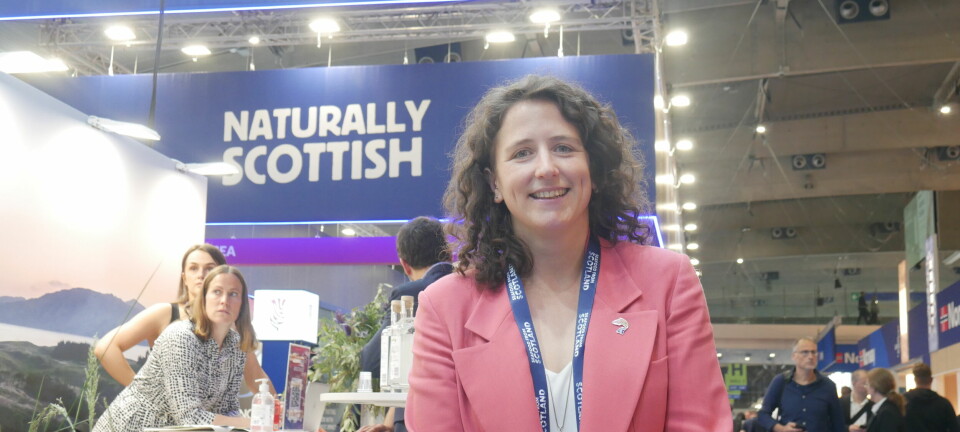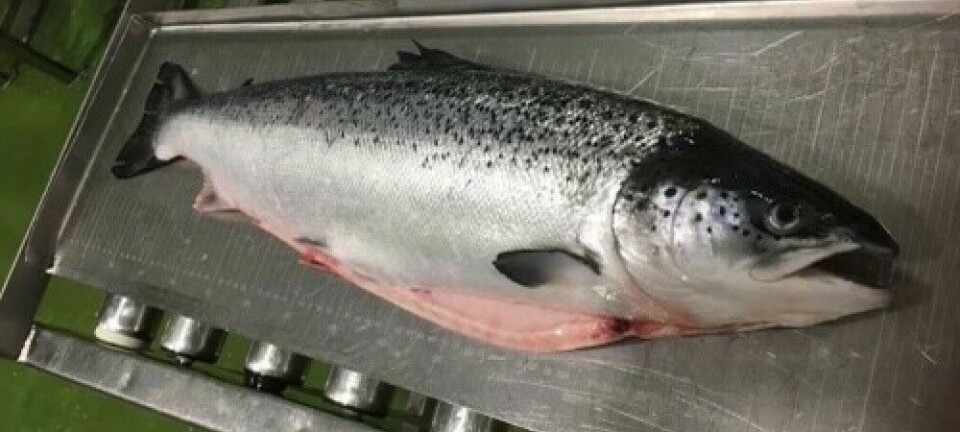
Transatlantic partnership pays off for aquaculture equipment suppliers
BIO-UV wins three contracts in North America
France- and Scotland-based water treatment specialist BIO-UV Group and United States aquaculture technology provider Innovasea are reporting concrete gains from a partnership that has unlocked fresh opportunities across the North American aquaculture sector.
Since formalising their collaboration last year, the two companies have clinched three significant contracts for BIO-UV’s water disinfection systems for aquaculture.
The customers are:
- Santomar (formerly Earth Ocean Farms), a finfish and oyster farmer based in La Paz, Baja California Sur, Mexico
- A state-operated freshwater hatchery in the United States
- Blue Ocean Mariculture, an offshore finfish producer in Hawaii.
Santomar and Blue Ocean Mariculture are owned by Cuna Del Mar, the same company that owns Innovasea.
Pathogen-fee conditions
Santomar, known for its commitment to sustainability and the cultivation of marine species such as totoaba and red snapper, has adopted BIO-UV systems to disinfect water destined for its larval hatcheries. The installation ensures pathogen-free conditions without harming the live feed organisms essential to early-stage fish health – a balance crucial to Santomar’s regenerative model.
At a US state hatchery specialising in cool water freshwater species, the transition to RAS technology required robust disinfection that could withstand cold-season variations in water temperature. BIO-UV’s ultraviolet reactors were selected for their reliability and efficiency, supporting both conservation and stock-repopulation efforts.
In Kailua-Kona, Hawaii, Blue Ocean Mariculture has implemented a complete recirculating system featuring BIO-UV reactors to protect its Hawaiian kanpachi (Seriola dumerili) broodstock from parasites and disease. The move marks a significant operational shift from flow-through to closed-loop aquaculture. The installation is due to be fully operational this spring.
Reach and insight
“The results speak for themselves,” said Simon Marshall, deputy general manager of BIO-UV Group. “Our technologies have proved their worth across a variety of aquaculture environments, and our partnership with Innovasea has provided the reach and insight needed to serve this vital and growing sector.
“These first deployments mark a strategic foothold in North America, and we’re already working on further projects that will extend our impact.”
BIO-UV and Innovasea said interest is growing from both public and private operators looking to meet rising protein demands with responsible aquaculture practices.
BIO-UV specialises in ultraviolet (UV) and ozone generation for water disinfection in aquaculture and other sectors, and has factories in France and in East Kilbride, Scotland, home of its subsidiary, Triogen.
In May last year, BIO-UV announced that Triogen had delivered 16 ozone units including one of the company’s new PPO3 ozone generators to Scottish salmon farm hatcheries in the first five months of the year.

